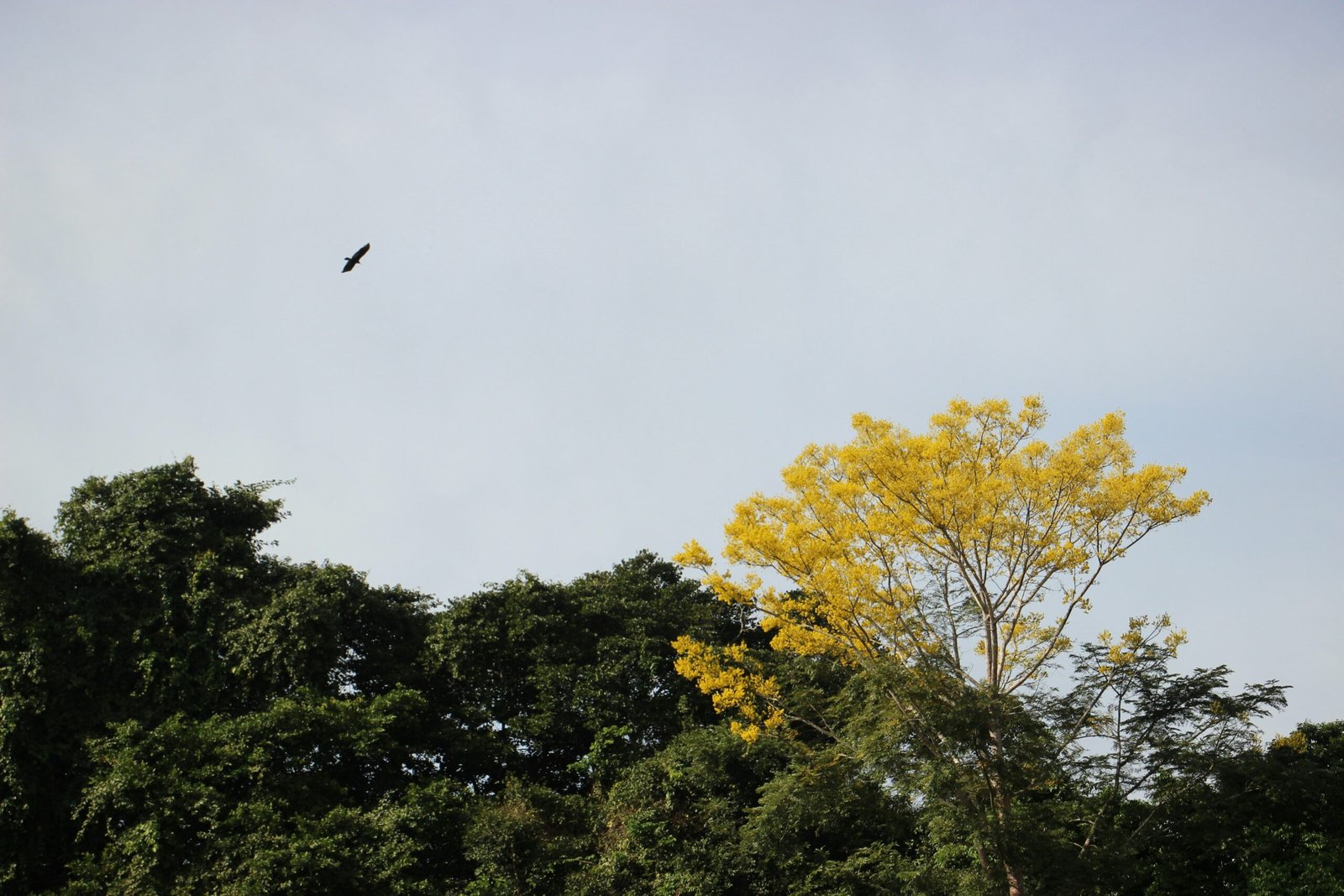Essential Survival Tips for Wilderness Adventures

Disclosure: This post may contain affiliate links. I could earn a commission if you make a purchase through these links, at no extra cost to you. Refer to my Affiliate Disclosure for details.
Survival Tips for Wilderness Adventures
Embarking on a wilderness adventure can be an exhilarating and rewarding experience. However, it is important to be prepared and equipped with the necessary knowledge and skills to ensure your safety and survival in the wild. Whether you are planning a hiking trip, camping expedition, or any other outdoor adventure, these survival tips will help you navigate through the challenges and make the most of your wilderness experience.
1. Plan and Prepare
Before venturing into the wilderness, it is crucial to plan and prepare for your adventure. Research the area you will be exploring, including the terrain, weather conditions, and any potential hazards. Make sure to check the local regulations and obtain any necessary permits or licenses. Create a detailed itinerary and share it with a trusted friend or family member.
Pack essential items such as a map, compass, first aid kit, and sufficient food and water. Familiarize yourself with basic survival skills such as fire making, navigation, and shelter building. Additionally, learn about the local wildlife and how to respond to encounters with potentially dangerous animals.
2. Stay Hydrated
One of the most important aspects of wilderness survival is staying hydrated. Dehydration can quickly lead to fatigue, confusion, and other serious health issues. Always carry an adequate supply of water and consider using water purification methods such as boiling, filtering, or using water purification tablets.
If you are unsure about the availability of water sources in the area, plan ahead and bring extra water or research alternative methods for finding water in the wilderness, such as collecting rainwater or locating natural springs.
3. Build a Shelter
In the wilderness, having a shelter is essential for protection against the elements and to ensure your safety and comfort. Learn how to construct a basic shelter using natural materials such as branches, leaves, and rocks. Look for a suitable location that offers protection from wind, rain, and potential hazards.
Consider carrying a lightweight, compact tent or tarp as a backup option. Practice setting up your shelter before your adventure to ensure you are familiar with the process and can do it efficiently when needed.
4. Start a Fire
A fire can provide warmth, light, and a means to cook food in the wilderness. It can also serve as a signal for rescue if needed. Familiarize yourself with different fire starting techniques such as using matches, lighters, or fire starters. Additionally, learn how to start a fire without matches or a lighter using primitive methods such as friction or the fire plow technique.
Always prioritize safety when starting a fire. Choose a suitable location away from flammable materials and clear the area around the fire pit. Ensure that the fire is completely extinguished before leaving the site or going to sleep.
5. Navigation and Orientation
Knowing how to navigate and orient yourself in the wilderness is crucial for your survival. Carry a map and compass and learn how to use them effectively. Pay attention to landmarks, natural features, and the position of the sun to determine your direction.
Additionally, consider learning basic navigation techniques using the stars, such as identifying the North Star or using constellations to find your way at night. If possible, bring a GPS device or a smartphone with offline maps as a backup.
6. Food and Foraging
While it is important to carry sufficient food for your wilderness adventure, it is also useful to learn about edible plants and foraging for food in the wild. Research the local flora and fauna to identify edible plants, berries, and nuts that are safe to consume.
Avoid eating any plants or mushrooms that you are unsure about, as some can be toxic or cause allergic reactions. It is always best to err on the side of caution and consult a reliable source or expert before consuming any wild food.
7. Wildlife Safety
Encounters with wildlife are a possibility in the wilderness, and it is important to know how to respond in a safe and respectful manner. Research the local wildlife and their behaviors to understand how to avoid attracting them and what to do if you encounter them.
Keep a safe distance from wild animals and never approach or feed them. Store food securely to prevent attracting wildlife to your campsite. If you encounter a potentially dangerous animal, such as a bear or a snake, remain calm and slowly back away without turning your back on the animal.
8. First Aid and Emergency Preparedness
Accidents and emergencies can happen even with the best preparation. Therefore, it is essential to carry a well-stocked first aid kit and have a basic understanding of first aid techniques.
Learn how to treat common wilderness injuries such as cuts, burns, sprains, and insect bites. Consider taking a wilderness first aid course to enhance your knowledge and skills. Additionally, carry emergency signaling devices such as a whistle or mirror to attract attention if needed.
Conclusion
Embarking on a wilderness adventure can be an incredible experience, but it is crucial to prioritize safety and be prepared for any challenges that may arise. By following these survival tips, you can enhance your chances of a successful and enjoyable wilderness adventure while ensuring your safety and well-being.
*Disclosure: As an Amazon Associate I earn from qualifying purchases.
Prepare for Your Trip and discover the ideal gear for your journey with my suggested travel essentials. Get a Luggage Set, Luggage Scale, TSA Approved Cable Luggage Locks, Travel Bottles Set, Luggage Packing Cubes, Luggage Tags, Travel Shoe Bags, Anker Portable Charger, Handheld Mini Fan, and a Neck Pillow from Amazon. Happy travels!
Disclosure: This post may contain affiliate links. I could earn a commission if you make a purchase through these links, at no extra cost to you. Refer to my Affiliate Disclosure for details.
